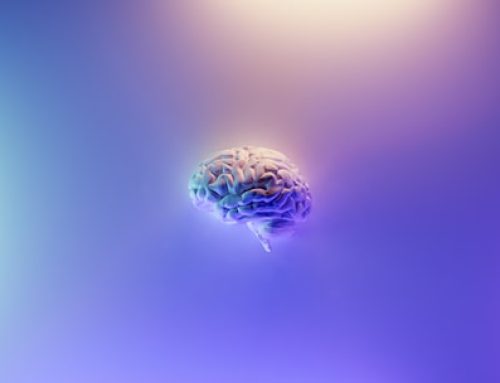The book Depersonalization A New Look at a Neglected Syndrome by Mauricio Sierra is a scholarly review of this syndrome with an extensive listing of relevant research studies. Depersonalization can occur as a fleeting experience in adolescents as well as people facing life-threatening situations where its occurrence can be considered to be normal. People can experience depersonalization from sleep deprivation, alcohol withdrawal, physical illness, and fatigue. The feeling often comes on not during the time of peak stress, but with the release of tension following the resolution of the stressful situation.
Although most psychiatrists have been trained to believe that this disorder is rare, a few studies in the general population suggest that the prevalence of chronic, pathological depersonalization lies around 1%. Onset is often during adolescence and onset after middle age is extremely rare. In about half of all cases, depersonalization disorder begins suddenly. The perception of threat and an external locus of control are common features of most triggers of the experience. The disorder can be induced by the use of several drugs, cannabis, ketamine, hallucinogenic, and ecstasy, all in a dose-dependent manner.
Multiple studies show a pattern of symptoms, although all are not necessarily present for each person. These common symptoms are complaints of changes in body experience, the loss of the feeling of agency regarding one’s actions, emotional numbing, and changes in the subjective experience of imagery and autobiographical memory.
Depersonalization disorder can occur with panic attacks, social anxiety disorder, and major depression. There are three personality disorders most frequently associated with depersonalization disorder, namely, Avoidant, Obsessive-Compulsive, and Borderline Personality Disorders. Epilepsy and migraines are the two neurological disorders most commonly associated with depersonalization disorder. This disorder is also frequently found in patients who have undergone a traumatic brain injury and those with vestibular disease.
Cultures that emphasize individuality, like those of the United States and in Western Europe, have a higher incidence of depersonalization than cultures that view the self as in constant interdependency with the surrounding context, such as Asian, African, and Latin American cultures.
SSRIs have not been shown to be effective as sole treatments for depersonalization disorder. Sierra mentions two open-label trials which showed that lamotrigine, a drug reported to inhibit glutamate release, to be helpful as an add-on to an SSRI. This is suggestive of the involvement of both serotonergic and glutamatergic mechanisms in depersonalization. He also mentions research on both opioid and cannabinoid antagonists as showing promise in the treatment of depersonalization.
While the psychodynamic approach to psychological treatment emphasizes triggering and sustaining mechanisms centered on lack of control feelings and perceived threat to self, cognitive behavioral therapy is more likely to deal better with the more cognitive, anxiety-generating mechanisms.
For those willing to dig deeper into the neurobiological causes of depersonalization, the final two chapters offer much information on anatomical locations and functional processes that research has shown to be involved in this mental health condition. For anyone who wants a thorough understanding of depersonalization, the whole book is worth digging into and will reward the reader who makes the effort to understand this all-too-often neglected syndrome.
If you would like more guidance on how to combat this serious mental health condition, please contact Specialized Therapy Associates at (201)-488-6678 to make an appointment. You can also visit us online at Specialized Therapy.





